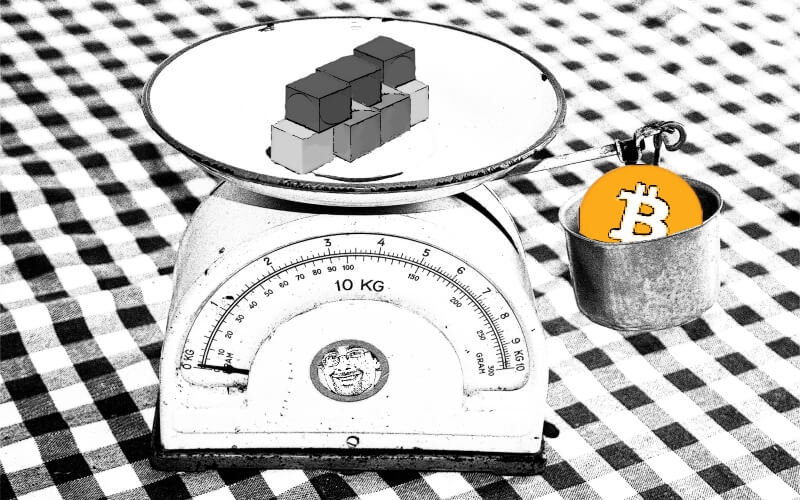
You can add Gavin Andresen, former lead core developer and arguably the most influential (as well as controversial) person in the Bitcoin ecosystem to the list of people in favor of Segregated Witness. He has come out with a blog post strongly in favor of an improvement to Bitcoin that would increase its scalability called Segregated Witness after a presentation by Pieter Wuille at the Scaling Bitcoin conference in Hong Kong earlier this week, where he also credited Eric Lombrozo, Luke Dashjr and Greg Maxwell.
In a blog post posted earlier today, Andresen came out strongly in favor of Segregated Witness as a way to get more transaction in each of Bitcoin’s blocks, which are currently limited to 1MB in size.
“It’s a great idea, and should be rolled into Bitcoin as soon as safely possible. It is the kind of fundamental idea that will have huge benefits in the future.”
The Scaling Bitcoin Conferences have continued to make massive progress on scaling the bitcoin system, something that just months ago threatened to fracture the community into a digital civil war. Those fears continue to move further into the background as the discussion has become much more measured and productive in the months following the first Scaling Bitcoin conference of the year, which took place in Vancouver at the end of the summer.
Yesterday, longtime Bitcoin Evangelist Andreas Antanopolous also seemed to come out in support of Segregated Witness, calling the presentation “a turning point” for bitcoin.
This presentation marks a turning point for #bitcoin Segregated Witness – #segwit https://t.co/H2AzBy6G8D
— AndreasMAntonopoulos (@aantonop) December 8, 2015
While exactly how Segregated Witness would work is a bit technical for the purposes of this post (read Gavin’s post, or watch Pieter Wuille’s presentation for a more detailed explanation) it essentially reassembles the transaction’s details into a new data structure (a merkle tree) called a witness. This will cost an extra byte of data in the header, but will allow more transactions to fit in a block. More data could be pruned by limiting the amount of non-required data sent for propagating already confirmed transactions.

Andresen says that he feels this should be done with a hardfork but Pieter Wuille has stated, and gave credit to Luke Dashjr for discovering, that it could be fit into the coinbase section of each block (the part of a block that determines where the block’s reward, or new coins, will go). Some, including Gavin, have opposed that, as one contributor to the Bitcoin development mailing list stated
“[Segregated witness] data does not belong in the coinbase. That space is for miners to use, not devs.”
If it is implemented, regardless of how, Segregated Witness would enable several advantages for Bitcoin development in addition to scalability. It would drastically reduce the blockchain’s size and it could allow for more powerful softforks in the future, among other improvements.
The Scaling Bitcoin Conferences continue to pay huge dividends for the bitcoin development community. Only so much can be presented through text in a mailing list, or even a website. Face to face interaction combined with presentations seems to have had a positive impact on development consensus as a whole. There are now several soft and hard fork solutions, temporary as they might be, for the Bitcoin scalability problems, and any talk of fracturing among the developers and community seems to have subsided. Whatever the cause, with the number of viable and agreeable solutions being presented, there does seem to be a light at the end of the scalability tunnel.
That being said, it is too early to say if this will get wide scale acceptance, which is the standard current lead developer Wladimir van der Laan has set, before he will implement any changes.
There was one significant criticism Andresen had of Segregated Witness: the name. He notes that “‘segregated’ has all sorts of negative connotations[.]”
We will keep you up to date on all scalability news.

